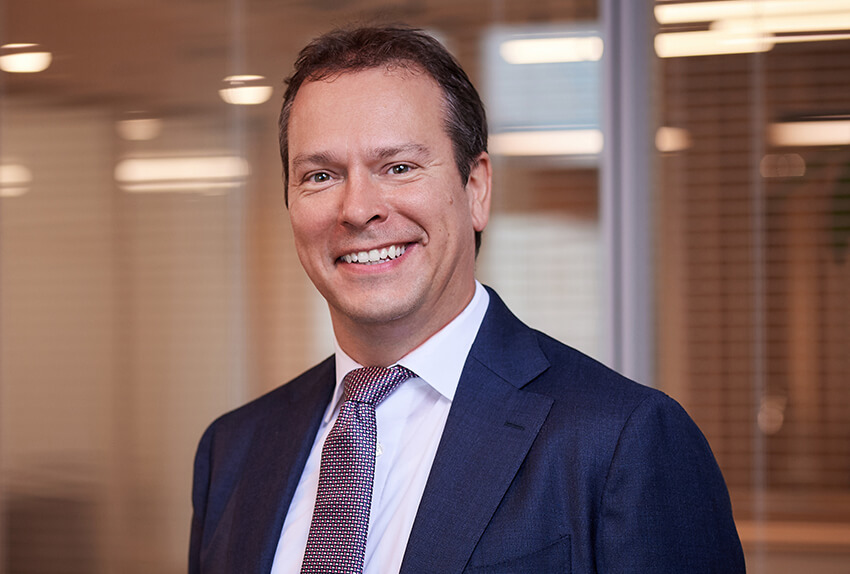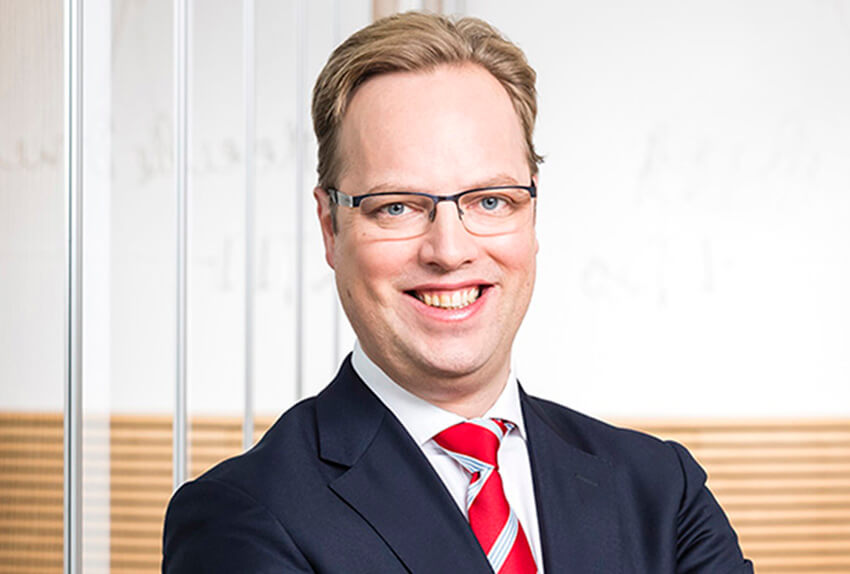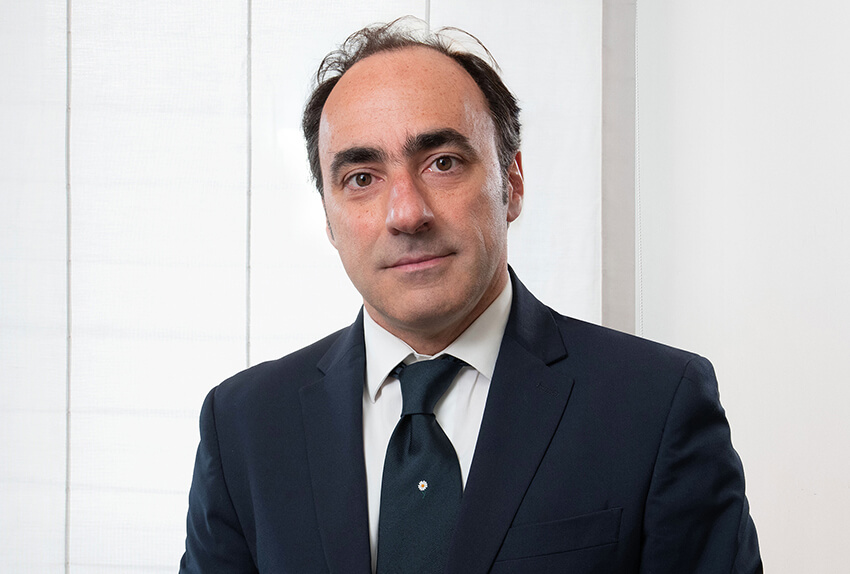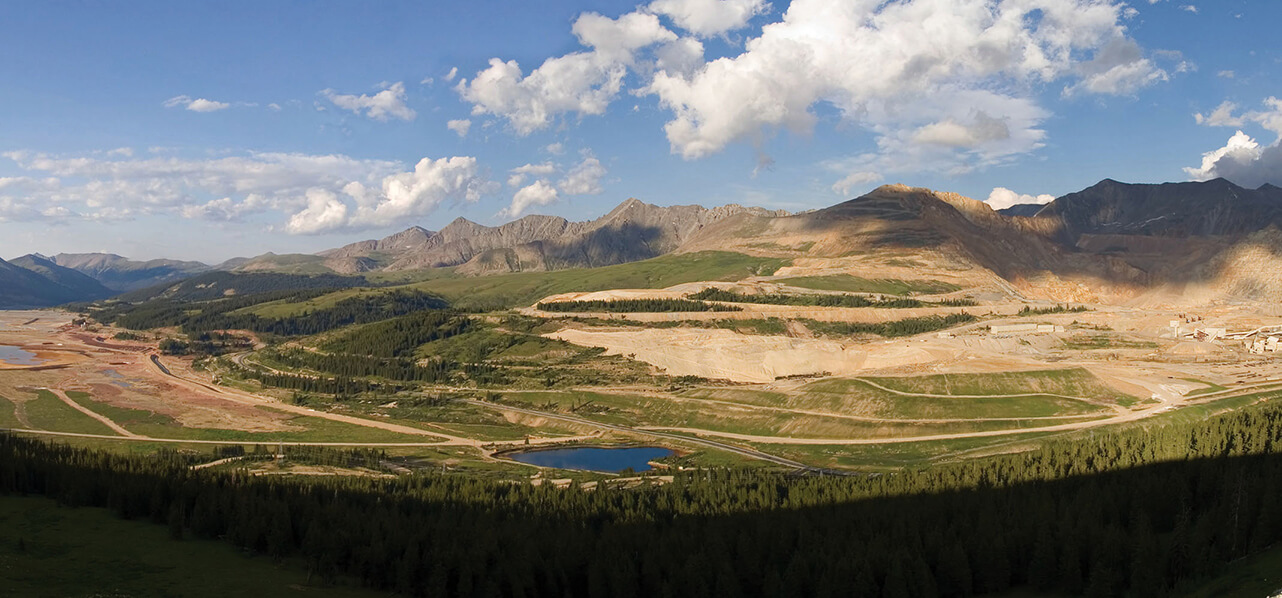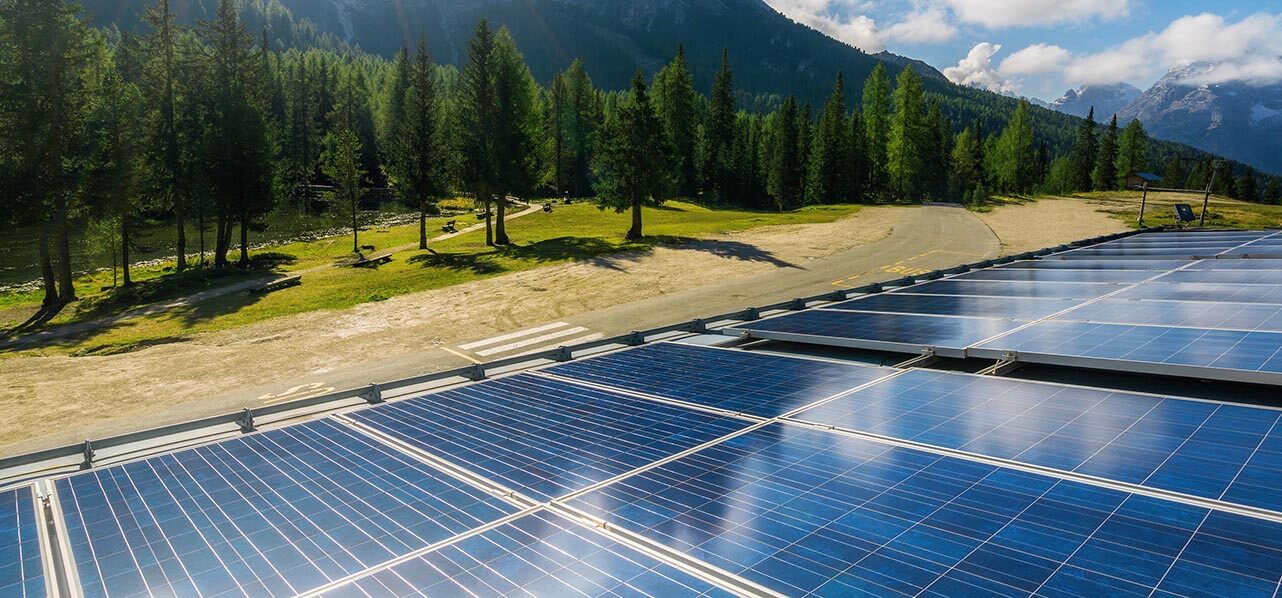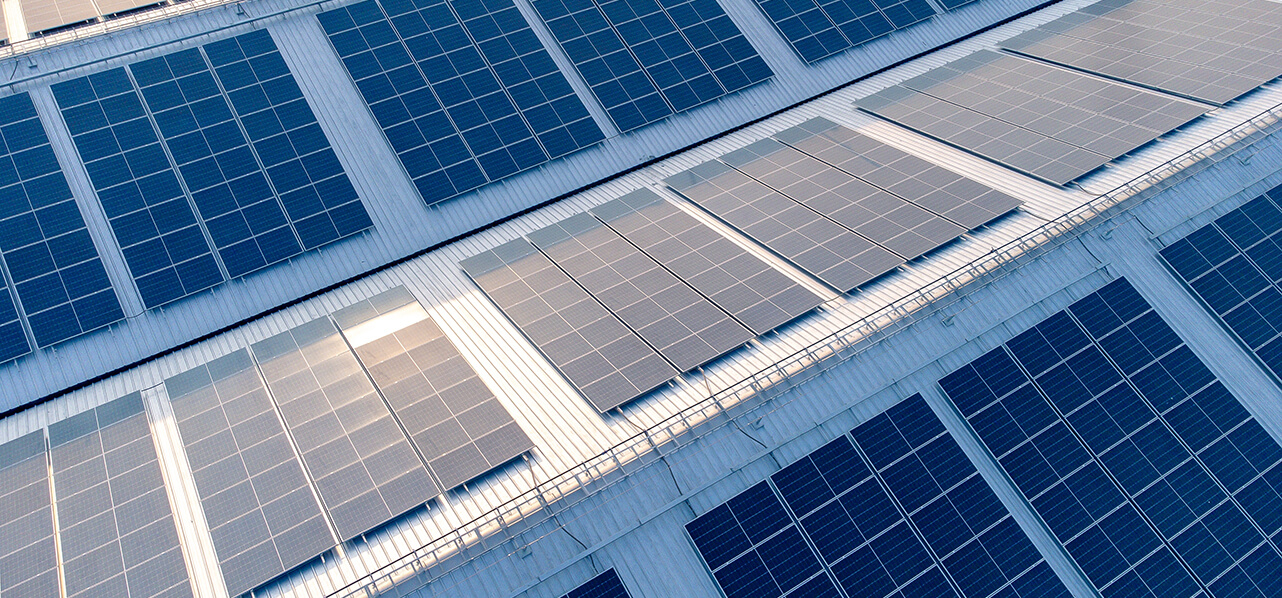Watson Farley & Williams (“WFW”) and UniCredit had the pleasure of hosting the first ever Munich Hydrogen Summit on 30 June 2022, a hybrid event focussing on hydrogen projects, investments and financing. Speakers from major industry players, technology providers and developers as well as financing experts shared their insights, with WFW providing regulatory expertise.
Please find following a high-level summary of each session of the summit. To watch any of these discussions in full you can access our recording of the event here.
